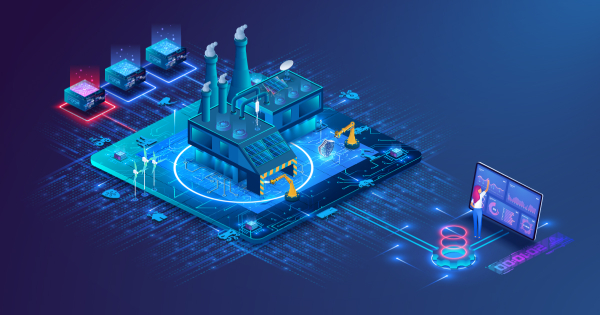Introduction
In the ever-evolving landscape of technology, the concept of a “DigitalTwin” has emerged as a game-changer. This article delves into the fascinating world of digitaltwins, exploring their evolution, applications across diverse industries, benefits, challenges, and future trends.
Evolution of Digital Twin Technology
Early Stages
The journey of digitaltwins began modestly, primarily in manufacturing. Early adopters utilized simple simulations for product testing and development.
Advancements Over Time
As technology progressed, Digital Twin capabilities expanded. Innovations in sensor integration, data modeling, and connectivity paved the way for more sophisticated virtual replicas.
Key Components of a DigitalTwin
Sensor Integration
The foundation of any digitaltwin lies in its ability to gather real-time data. Sensors play a crucial role in capturing information from physical entities.
Data Modeling
Creating an accurate digital representation requires robust data modeling. This step involves translating raw data into a meaningful virtual format.
Connectivity
The seamless connection between the physical and virtual realms is vital. Technologies like IoT (Internet of Things) ensure constant communication between the two.
Applications Across Industries
Manufacturing
In manufacturing, digitaltwins optimize production processes, allowing for efficient resource allocation and real-time monitoring.
Healthcare
Digitaltwins find applications in healthcare, aiding diagnostics, treatment planning, and personalized medicine.
Smart Cities
Urban planning benefits from digital twins, enhancing infrastructure management and resource allocation in smart cities.
Benefits of Implementing Digital Twin Technology
Increased Efficiency
Digital twins streamline operations, reducing downtime and enhancing overall efficiency.
Predictive Maintenance
The ability to predict equipment failures enables proactive maintenance, preventing costly breakdowns.
Improved Decision-Making
Informed decision-making becomes a reality as digital twins provide accurate, real-time data for analysis.
Challenges and Limitations
Security Concerns
The interconnected nature of digitaltwins raises security challenges, requiring robust cybersecurity measures.
Integration Issues
Compatibility issues may arise when integrating digitaltwin technology with existing systems, posing a challenge for seamless implementation.
Real-world Examples
Aerospace Industry
Leading aircraft manufacturers leverage digitaltwins for simulation, testing, and performance optimization.
Healthcare Diagnostics
Digitaltwins aid in creating personalized medical profiles, improving diagnostics and treatment outcomes.

Future Trends in DigitalTwin Technology
AI Integration
Artificial Intelligence integration will elevate digitaltwin capabilities, enabling more advanced simulations and predictive analytics.
Enhanced Interconnectivity
The future envisions a highly interconnected digital ecosystem, fostering collaboration and data sharing.
How DigitalTwins Impact Everyday Life
Smart Homes
In smart homes, digitaltwins enhance automation, providing a personalized and efficient living experience.
Personalized Healthcare
Individualized healthcare solutions become possible through digitaltwins, tailoring treatments to specific patient needs.
Industries Embracing DigitalTwins
Automotive
Automakers utilize digitaltwins for design optimization, performance testing, and improving vehicle safety.
Energy Sector
Digitaltwins assist in monitoring and optimizing energy production and distribution systems.
Steps to Develop a DigitalTwin
Planning
Thorough planning is essential, defining objectives, identifying data sources, and establishing a roadmap for implementation.
Data Collection
Accurate data collection, both historical and real-time, forms the backbone of a successful digitaltwin.
Implementation
Careful execution of the plan, ensuring seamless integration with existing systems and periodic updates for evolving requirements.
Case Study: Successful DigitalTwin Implementation
Exploring a real-world case study showcases the practical benefits of digitaltwin technology in solving industry-specific challenges.
Common Misconceptions about DigitalTwins
Complexity
Dispelling the myth that digitaltwins are overly complex, emphasizing user-friendly interfaces and simplified implementations.
Cost
Addressing concerns about the cost of implementing digitaltwins by highlighting long-term savings and operational efficiencies.
Expert Opinions on DigitalTwin Adoption
Industry Leaders’ Perspectives
Gathering insights from industry leaders on the transformative impact and future potential of digitaltwin technology.
Conclusion
Digitaltwins have transcended being a mere technological concept, becoming indispensable tools across industries. The transformative impact on efficiency, decision-making, and innovation is undeniable, marking a new era in technological advancement.

